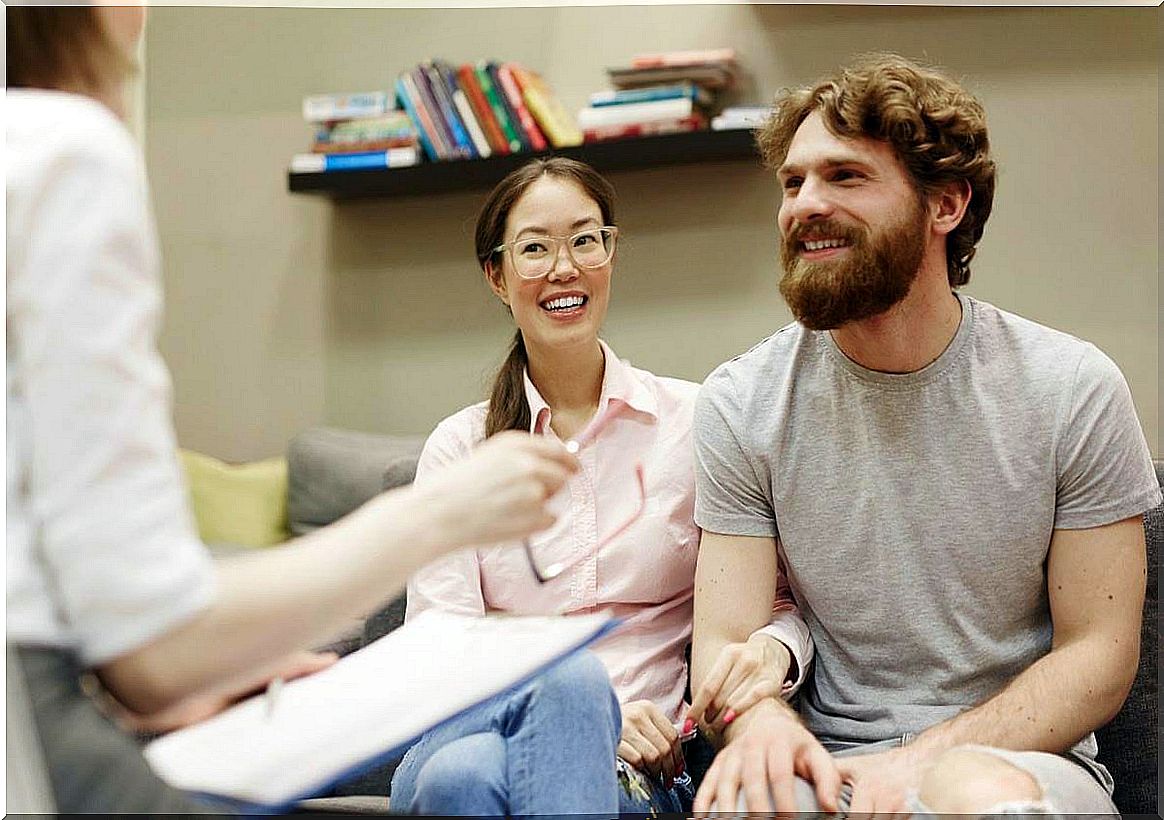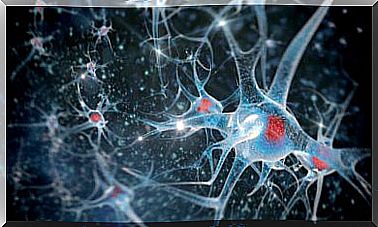Integral Couples Therapy: What Does It Consist Of?
Comprehensive couples therapy was developed by Andrew Christensen and Neil S. Jacobson during the 1990s. It is an intervention that promotes acceptance of the other, emotional openness, and change. In addition, it belongs to the third generation therapies and is based on evidence.
This means that comprehensive couples therapy encourages the change of oneself, taking into account the context of the problem rather than the problem behavior. In addition, evidence is considered to improve the effectiveness and efficacy of the treatment.
In this article we tell you what this type of couples therapy consists of, how it works and what its interventions are.
What is comprehensive couples therapy?
Most of the couple’s conflicts have to do with the development of incompatibilities. In this way, this type of therapy assumes that the problem is not these differences (the ones that are inevitable), but how they are managed.
A mismanagement of incompatibilities leads the couple to interpret that the problem is what the other does or does not do. Consequently, an attempt is made to modify the way of acting or being of the other. This increases the polarization and distance between the two.
That said, comprehensive couples therapy will promote acceptance between the two, achieved when members stop fighting to change their partner based on their wishes.
To work on acceptance, this therapy focuses on empathy, assertive communication and tolerance. The objectives will be to unite around the problem; see conflict as an opportunity to generate more intimacy and transform negative behaviors of the partner into less painful.

How does comprehensive couples therapy work?
First of all, the therapist must formulate the problem and share it with the couple. That is, during the first sessions, the multiple dimensions of the relationship will be evaluated and an explanation will be generated that reflects why the current situation has been reached.
This formulation is not static. That is, it can be modified as the intervention progresses. Ideally, it is useful for the couple and helps them overcome the problem. Three components are included that we will see below.
1. The theme
This is the main theme on which the couple’s conflicts revolve. In other words, it reflects the central axis of the discussions. The most common topics are the dichotomies of “proximity vs distance”, “control vs responsibility”, “conventional attitude vs alternative attitude” or “artist attitude vs scientific attitude”.
To understand better, we will say that in the first dichotomy the problem is that both conceive a different level of intimacy suitable for the relationship. So the arguments are usually due to the fact that they speak little in the day to day or one wants to do some activity, while the other wants to spend more time together.
2. The polarization process
It refers to the interactions that take place each time the conflict occurs. It is important to note that the discomfort is not caused by differences or disagreement with the partner, but by the ways of responding.
In polarization, incompatibilities are interpreted as deficiencies of the other. In addition, the couple begins to analyze their conflicts and concludes that the other member is the culprit, calling him “bad”, “selfish” or “immature”.
3. The mutual trap
It is the result of the polarization process. It is characterized by the fact that each member feels trapped and hopeless about the conflict situation. They assume that they should not stop recriminating the annoying behavior of the other, but that they cannot just accept it either. They believe that the relationship is no longer going to improve, despite their attempts.
Types of comprehensive couple therapy interventions
This therapy includes three intervention strategies that we now analyze.
1. Acceptance strategies
They are tools for working and accepting differences, including those that seem irreconcilable. Keep in mind that acceptance does not mean resigning to the current form of the relationship or surrendering to the status quo . In this context, accepting the other implies considering and adopting healthy alternatives to manage and solve the problem.
These strategies allow problems to be seen as opportunities to improve intimacy and proximity. In addition, they make the couple renounce the idea that differences are negative and the pretense of shaping the other based on an ideal of man or woman.
The most used techniques to achieve acceptance are the following:
- Empathic union : implies that the members of the couple learn to express their pain and discomfort without accusing and without fear of being accused.
- Unified separation: helps the couple to distance themselves from their conflicts and arguments through a rational analysis of the problem and dialogues without emotional charges. This encourages coping with the problem as a whole.
2. Tolerance strategies
They are often used when acceptance strategies have not turned out as expected. The goal is to get the couple to recover as quickly as possible from the conflict and not affect them as much.
The goal is for both of you to tolerate each other’s behavior as much as possible. The techniques used to promote tolerance are as follows:
- Focus on the positive aspects of negative behavior.
- Practice negative behaviors in the session and fake them at home.
- Encourage the self-care of each member.

3. Change techniques
The techniques of change in comprehensive couples therapy consist of the training of communication skills and problem solving. The purpose is to increase or decrease certain behaviors, improve communication and joint decision-making.
Varied types to choose from
There are different types of psychotherapies for couples whose interventions will depend on the training that the therapist has received. The one presented in this article is framed within the behavioral paradigm and has proven to be effective.
When deciding which psychotherapy is the best option to solve the problem, the ideal is to know the training of the professional and what interventions they work on. The couple must decide who to go with taking into account their needs.








